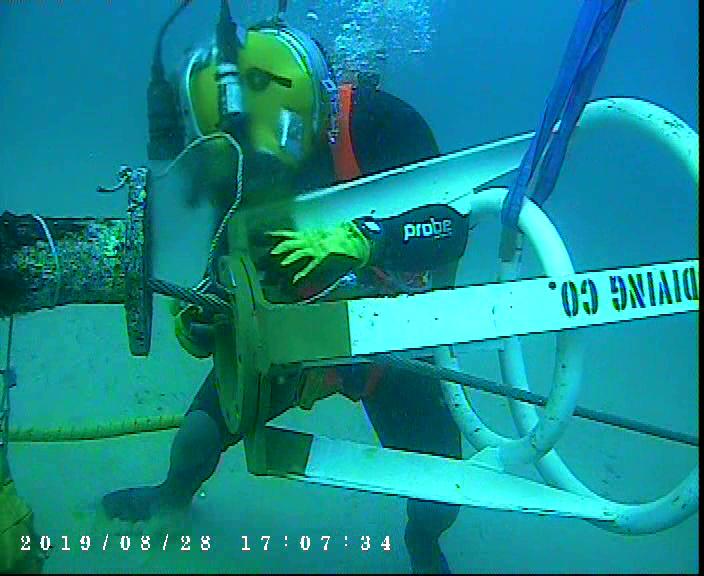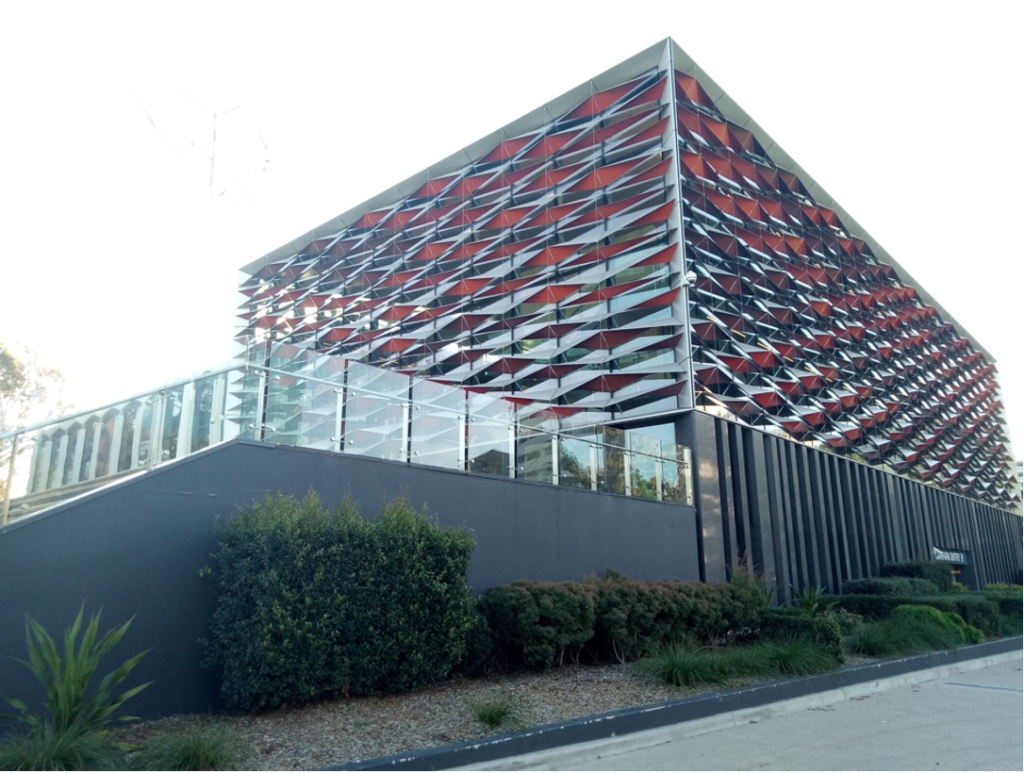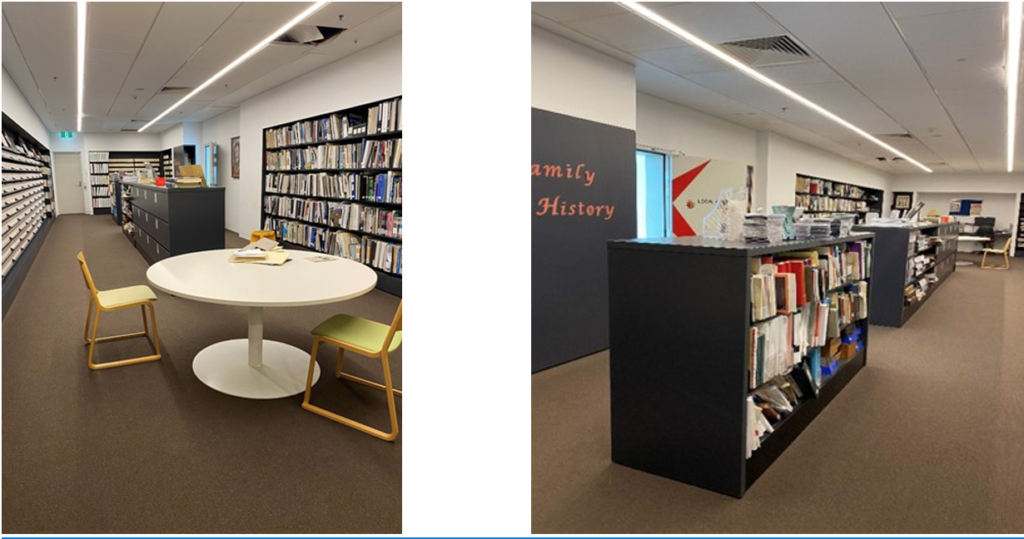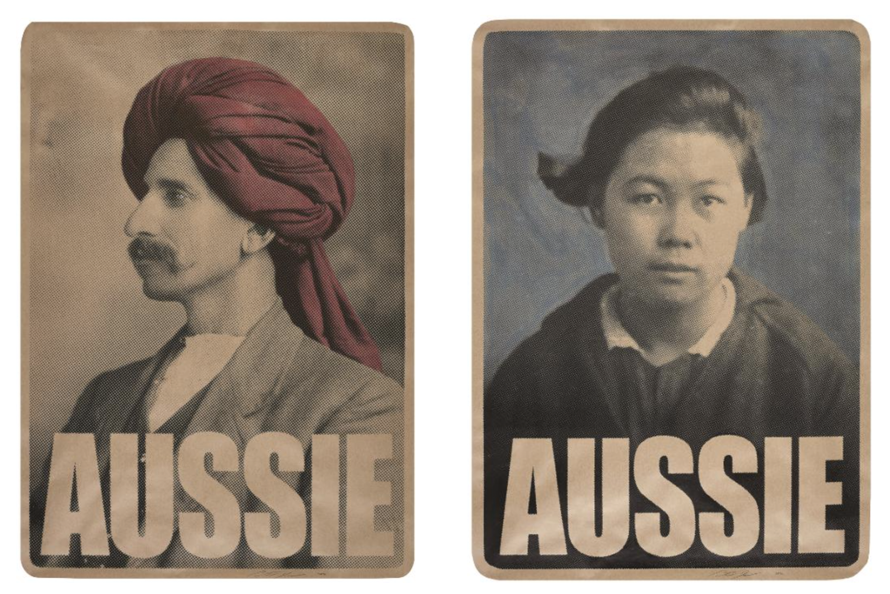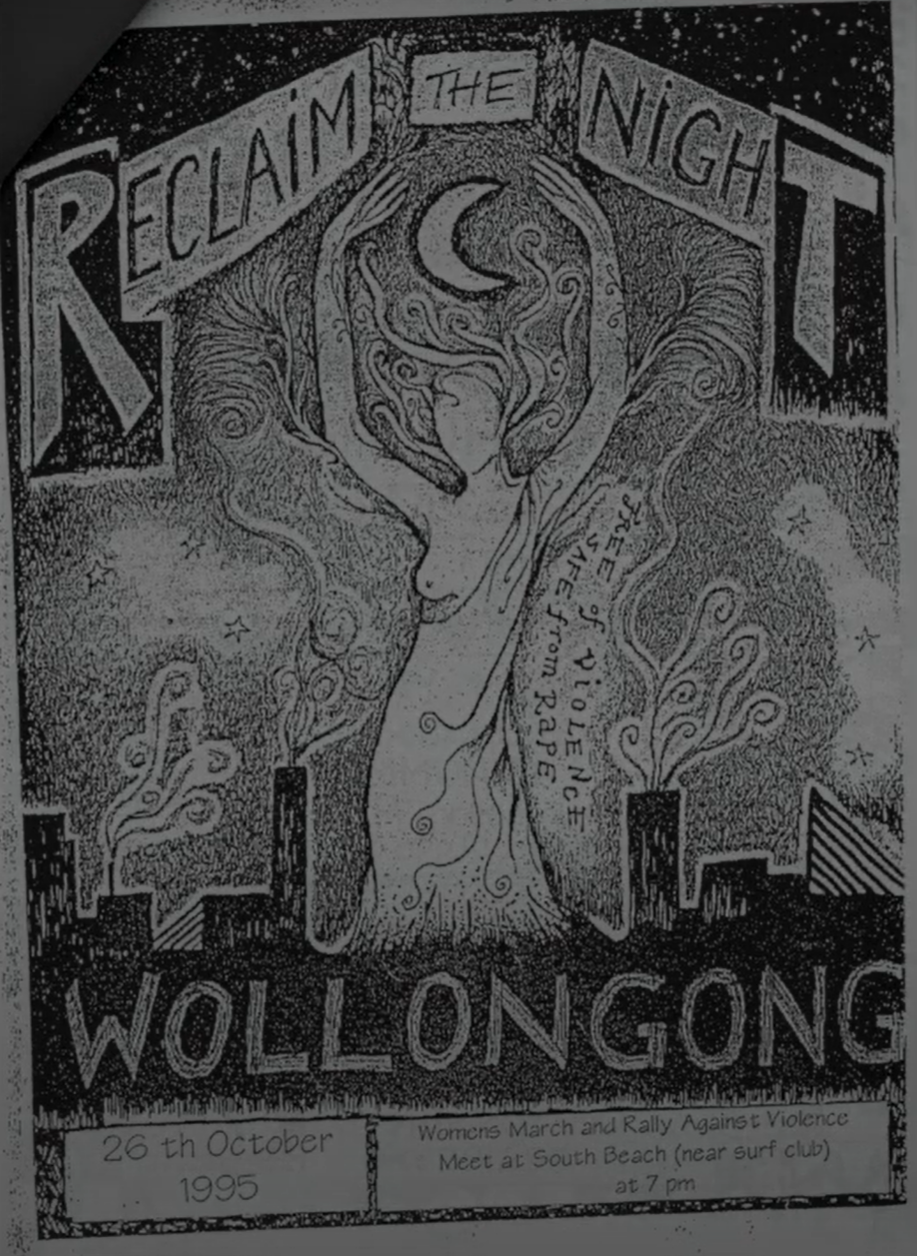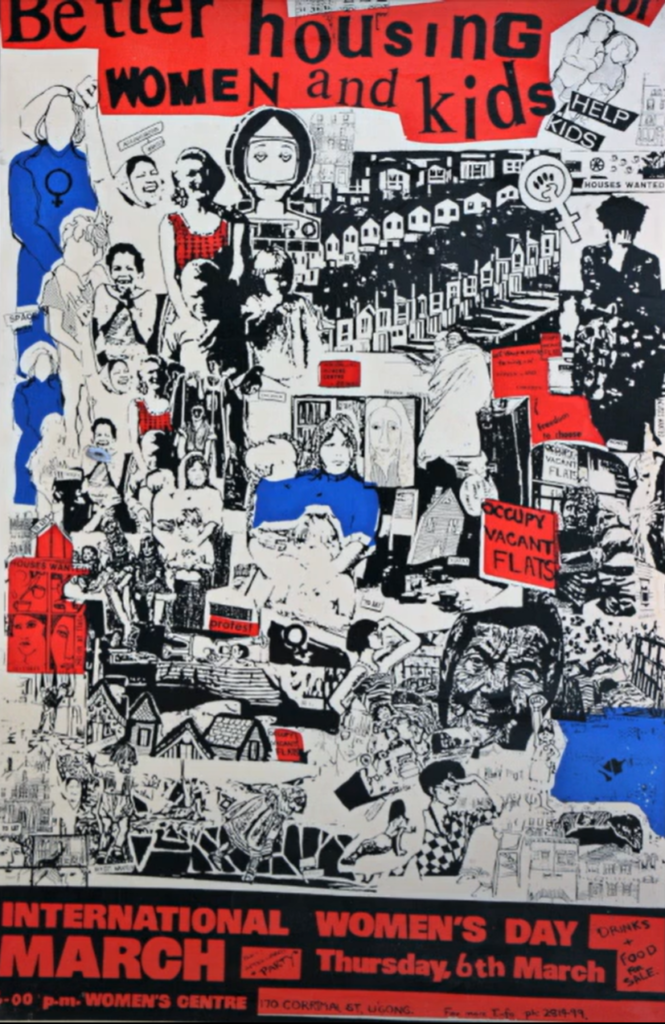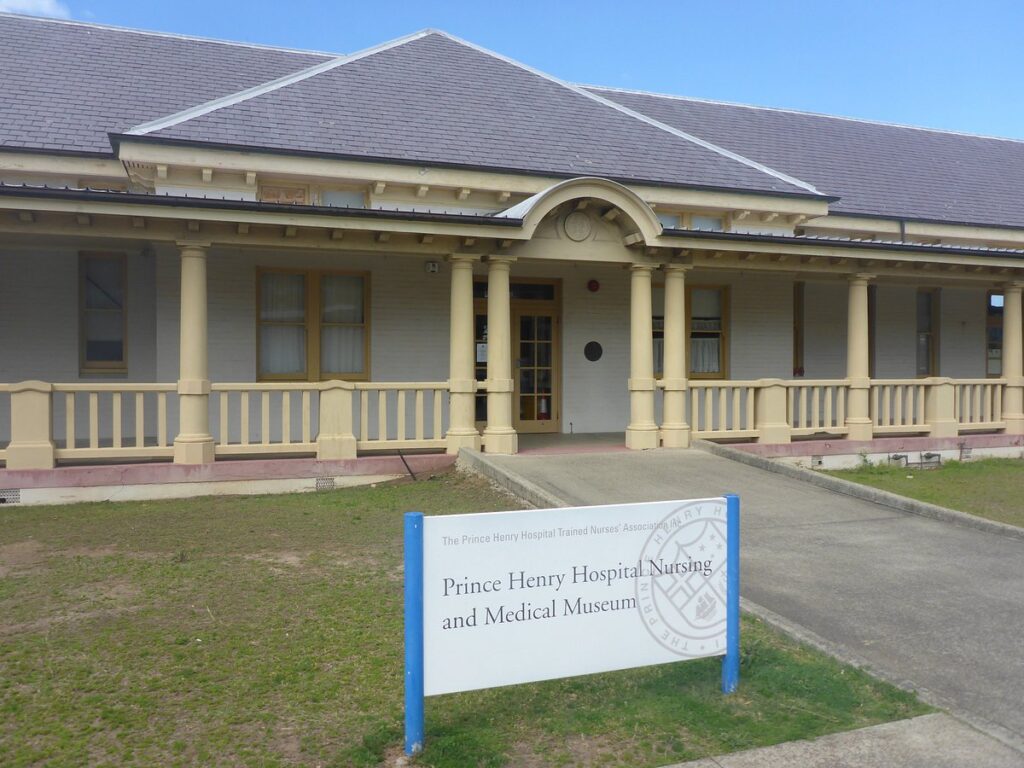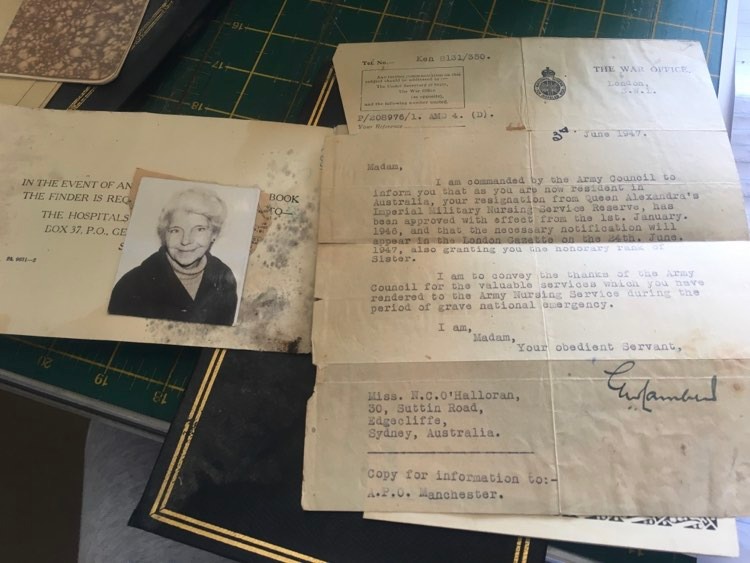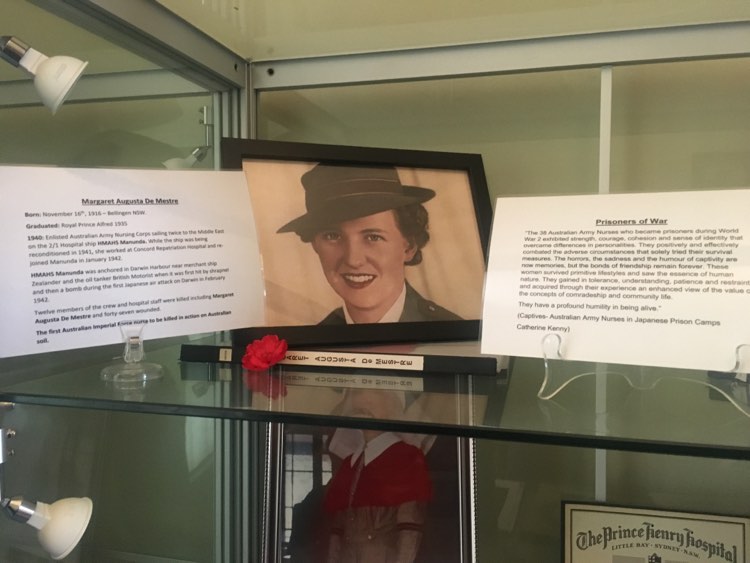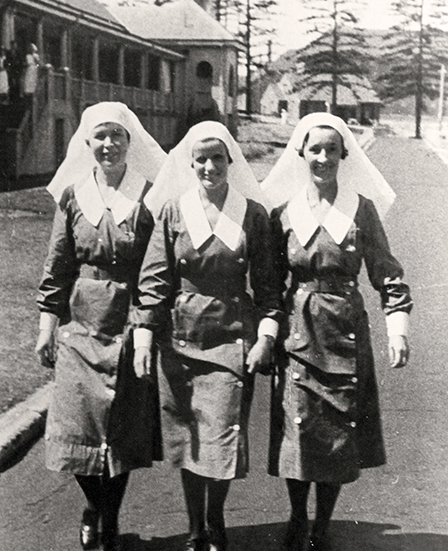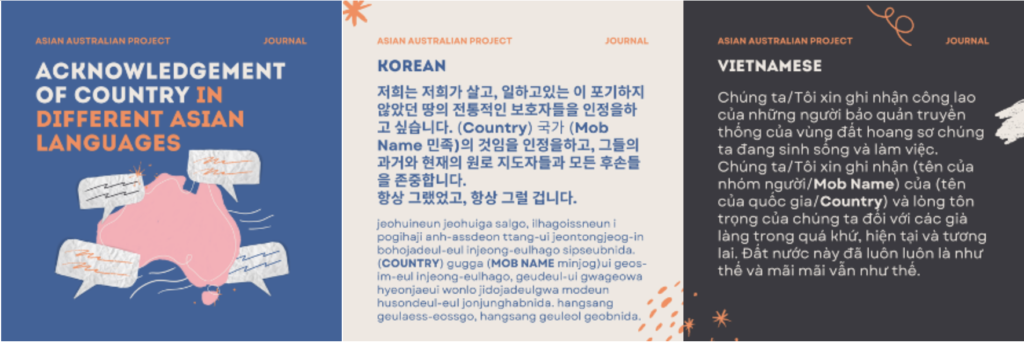My mum is a nurse and has worked in the building next door to the RPA museum for at least 10 years now, yet I never knew of the museum until taking this class. For whatever reason the RPA museum was not known to me until this semester. It is not in the main building of the hospital and is in the King George V memorial building on the 8th floor, so it’s not the most obvious or advertised location. My mum herself has never been there and she’s never spoken about it to me. I walked past that building most days during high school to my mum’s work before I could drive home. It makes me wonder what other places I often walk by that holds something very interesting and significant, that I have no awareness of. That is probably something that happens to all of us more often than we realise. I discovered the museum from this class, and I am glad I have discovered it now. The museum is built around two preserved surgical theatre suits from 1941, filled with old equipment and is one of those special artefacts where you feel the age of the room and the air of the past within it.
During Sophie Loy-Wilson’s talk in week ten she mentioned how people bought the diaries of those involved in the First World War such as soldiers and nurses, and she said that nurses’ diaries were the cheapest people could buy. This spoke to me about the lack of recognition nurses often get for their work, not only in history but even during the incredibly trying last two years. The museum hosts an abundance of archives on nurses dating back to the 19th century and I wonder perhaps there may be something there to do something on nurses who served in wartime. I will have to see about this however as I begin my work.
My contact is the curator of the museum and Director of Heritage and Environment at RPA, Scott Andrews, and Scott operates and handles the museum with the help of volunteers, until recently when all volunteers were stood down. He has also had help this year and previous years from master’s students from the University of Sydney and another student who took this subject in 2018. Like with many other local or more well-known museums, the past couple years with COVID-19 has been tough on the museum. It has been shut since early 2020 to the public and coincidentally, is finally re-opening in one months’ time, around when I will finish my project and volunteer work there. This makes my time there quite interesting and potentially important as Scott prepares to re-open the museum to the public.
The job I have discussed and begun with Scott is an inventory audit of a small collection room at the museum. Volunteers have accepted objects that may not have been recorded properly, or even at all. Some of these objects as well may have no real use or significance and so part of the task as I go through these objects is to ask the question of what is worth keeping and what is not. To get to study objects and help decide their value within the curation of a museum is a cool and interesting task, from a research and history standpoint, but also to be a part of the inner workings of a museum’s collection. Being that this archival work is my main job it will likely form the basis of my final project, though still I am not exactly sure what form that will take. I will catalogue and keep records of my findings in as I go along, and from this I hope to find something that triggers the beginning of a project. The room is full of potential as everything in there has not been catalogued or researched. Within this research there may be a story to tell, or an addition to a history of the hospital that has already been recorded. I am looking forward to the month ahead and getting stuck into archival work within a functioning public museum.



